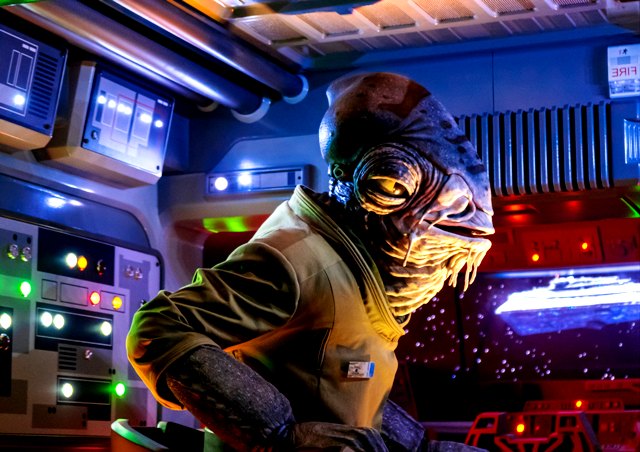
Animatronics are a cross between animation and electronics used to emulate animals or humans. They have lifelike features that you would otherwise not expect from inanimate objects.
Animatronic animals have been used in cinema for a long time to enrich storytelling, captivate audiences and bring characters to life with their realistic and often terrifying presence.
Animatronics are used in different types of films, typically fantasy, live-action narratives, and animal disaster or horror movies, and they play different roles.
Animatronics Create Believable Characters
Movie executives have, for a long time, used animatronic animals to create believable and compelling characters on screen. They are such a great option for this because they provide a physical presence that allows actors to interact with lifelike creatures, thereby making movies feel more grounded and realistic.
Perhaps the two best uses of animatronics in modern cinema are in Jaws and Jurassic Park. Although the shark in Jaws was not used as much as Steven Spielberg wanted, it showed the difference a lifelike animatronic makes to a movie.
In Jurassic Park, the filmmakers used animatronics to ensure the dinosaurs looked as lifelike and menacing as possible. This, with the addition of their individual actions, made them a more compelling presence in the original films and the others that followed. You can get a similar Animatronic Jurassic Park Rex Dinosaur for your park, museum, or exhibit that will look just as good as the ones in the movies.
Animatronics Enhance Practical Effects
CGI (Computer-Generated Imagery) has become a popular tool in modern filmmaking. However, CGI can fall short where practical effects would have been the better option. In such cases, filmmakers can use animatronic animals for practical effects that bring a tangible and realistic quality to a film.
These animatronics make the scenes more realistic because actors get to interact with lifelike animals, leading to a more immersive experience for both actors and audiences.
Additionally, practical effects and animatronics reduce the amount of work editors have to do compared to how much they typically do if a production uses a green or blue screen.
They Evoke Genuine Emotional Responses
Actors can use animatronics to evoke strong emotional responses, which they can do by creating heartwarming bonds between their animatronic pets and themselves. On the other end of the spectrum, films can use animatronics to elicit fear and terror through the terrifying presence of a monstrous creature as in the Jurassic Park movies.
These creations engage the viewers at a much deeper level, making the movie more meaningful and memorable. By appealing to our emotions, animatronics enhances the impact of a story or movie.
They Help Push the Boundaries of Creativity
Using animatronics helps filmmakers be more creative and make their movies more engaging because they can introduce imaginative creatures and characters to life.
From talking animals to mythical beasts, animatronics helps filmmakers actualize concepts that would otherwise be challenging or impossible to achieve using CGI.
Although many filmmakers are turning to CGI, animatronic animals remain crucial in cinema. They provide tangible and realistic characters who can evoke emotions, enhance storytelling and push creative boundaries. As technology advances, animatronic animals will continue evolving and playing an essential role in filmmaking and making challenging stories and concepts possible.
